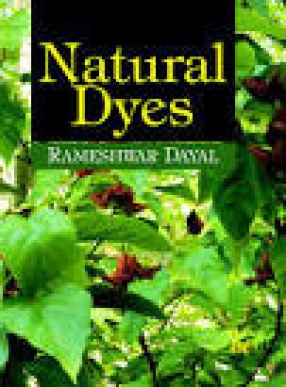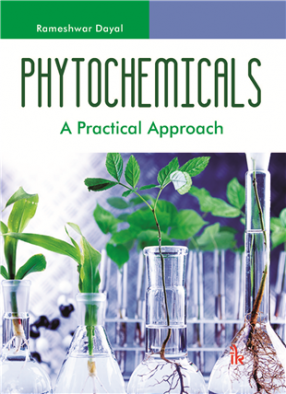Natural Dyes
Natural dyes were exclusively used for colouring till the middle of nineteenth century. But, due to accidental discovery of first synthetic dye mauveine by W.H. Perkin in1856, and a number of other synthetic dyes in latter part of nineteenth century, their use reduced considerably by the beginning of twentieth century. It was realized during the last decade of 20th century, that synthesis of dyes using aromatic chemicals and their subsequent use cause harmful effects to the environment. Also, the use of textiles dyed using azo dyes which released twenty-two aromatic amines caused harmful effects to the people. The safest may be the use of natural dyes which are produced in the nature’s laboratory. Thus, there is renewed interest for the revival of natural dyes during the last two decades.
This book consists of nine chapters each describing the different aspects of natural dyes. The first chapter gives concise description about the forests and the goods and services provided by them. Natural dye is an important forest produce and used by people since time immemorial. The second chapter gives a brief description about the history of natural dyes while their classification is described in the third chapter. An exhaustive list of the dye yielding plant species along with the two versatile dyes, namely, lac, indigo and herbal colours have been described in the fourth chapter. Chapter five deals with the chemistry of natural dyes while the mordants used for fixing the dyes have been given in chapter six. Dyeing methods have been described in chapter seven, determination of the colourfastness properties of the dyed samples and colour measurement in the eighth chapter, and theory of dyeing in the ninth chapter. Plants are the greatest organic chemist on the earth, and in the nature’s laboratory, carry out complex organic synthesis with ease to manufacture complicated chemical compounds with amazing degree of accuracy, structures and characteristics. Numerous compounds of plants containing different functional groups and unsauration are coloured and can be used as dyes either alone or in combination with other chemical constituents.
This book provides a simple, concise and collective description about the various aspects of natural dyes. It will be useful to the academicians, scientists, industrialists, researchers, students and people interested to know about the use of natural dyes, and contribute to environment protection.
Contents: 1. Introduction. 2. History of Natural Dyes. 3. Classifi cation of Natural Dyes. 4. Sources of Natural Dyes. 5. Chemistry of Natural Dyes. 6. Mordants. 7. Methods of Dyeing. 8. Determination of Colourfastness. 9. Theory of Dyeing.
Get it now and save 10%
BECOME A MEMBER








Bibliographic information